Revolutionizing Visual Experiences: Immersive Projections from the Electrical and Mechanical Engineering Department
The Department of Electrical and Mechanical Engineering is pushing the boundaries of traditional visual technology by developing cutting-edge immersive projection systems that redefine how we experience imagery. Combining precision mechanical design with intelligent electrical control systems, this innovation delivers high-resolution, wide-angle, and interactive projection environments that have broad applications in education, exhibitions, virtual reality, and simulation training.
projection mapping
5/17/20255 min read
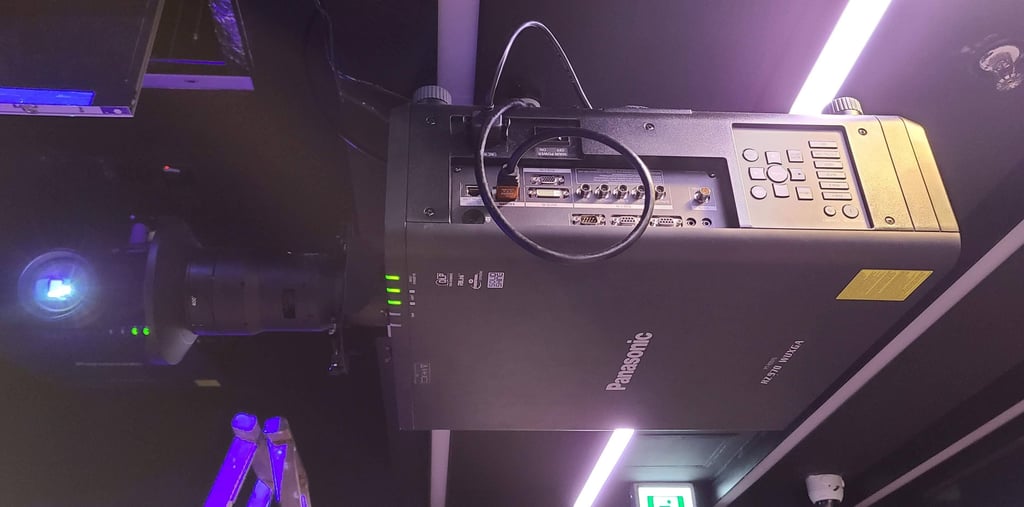

Introduction to Immersive Projection Technology
Immersive projection technology has emerged as a transformative force across various domains, reshaping how audiences engage with visual content. This cutting-edge technology creates an environment in which viewers can experience a heightened sense of reality, transcending traditional boundaries of visual representation. The significance of immersive projection technology lies in its ability to foster engagement and understanding by providing a more interactive and participatory experience. As a testament to its versatility, this technology is being integrated into fields such as education, entertainment, and research, each benefiting from enhanced visual communication.
In educational settings, for instance, immersive projection can turn static lessons into dynamic visual experiences that captivate learners' attention. By integrating complex concepts with three-dimensional graphics and immersive environments, students can explore challenging subjects such as science, history, and art in a more engaging manner. This innovative technology not only improves retention but also encourages collaborative learning among peers. Similarly, in the entertainment industry, immersive projection is reshaping how audiences interact with performances and installations, offering them a chance to become part of a narrative rather than passive observers.
The Electrical and Mechanical Engineering Department is at the forefront of innovation in immersive projection technology, employing a range of advanced techniques to develop systems that offer unmatched visual fidelity. A specific highlight is the utilization of the Panasonic laser light source, which boasts high-definition capabilities, providing vibrant colors and exceptional clarity. This technological advancement not only enhances the overall visual experience but also ensures reliability and longevity in performance.
As we delve deeper into the applications and benefits of immersive projection technology, it becomes evident that its relevance and potential continue to expand across various sectors. The revolutionary impact of immersive projections promises to redefine the future of visual experiences, offering enlightening possibilities for users worldwide.
The Panasonic Laser Light Source: Features and Benefits
The Panasonic laser light source represents a significant advancement in projection technology, particularly within immersive projection systems. One of its standout features is the exceptional brightness of 12,000 lumens. This level of brightness enables vibrant and visually striking presentations even in well-lit environments, allowing for a remarkable viewing experience that captivates audiences. Full HD resolution is another key aspect of this innovative projector, delivering crisp and clear images that enhance both detail and clarity. The combination of high brightness and Full HD resolution ensures that images are not only vivid but also true to life, making it ideal for various applications ranging from educational settings to large-scale events.
Beyond image quality, the Panasonic laser light source is designed with durability in mind. Unlike conventional lamps, which have a limited lifespan and can require frequent replacement, this laser technology offers extended operational life, significantly reducing maintenance costs and downtime. As such, organizations can benefit from a reliable solution that maintains performance over time, reinforcing the projector's value in any immersive visual environment.
Energy efficiency is another critical advantage of the Panasonic projector, aligning with contemporary sustainability goals while ensuring lower operational costs. By utilizing laser technology, the projector consumes less power compared to traditional models without compromising on performance, thereby contributing positively to both the environment and the budget constraints of institutions.
Versatility is a defining feature of the Panasonic laser light source. It can be seamlessly integrated into various settings, including museums, corporate environments, and classrooms, allowing for a myriad of uses. The adaptability of this projector not only enhances engagement but also improves the overall effectiveness of presentations, ensuring that messages are conveyed powerfully and memorably.
Applications of Immersive Projection in Education and Beyond
The advent of immersive projection technology has paved the way for innovative approaches, particularly in educational settings. Through enabling dynamic visual experiences, this technology has the potential to transform classrooms into interactive learning environments. For instance, the Electrical and Mechanical Engineering Department has implemented immersive projection to create 3D visualizations of complex scientific phenomena, allowing students to engage with the material in an entirely new manner. Such methods not only enhance comprehension but also promote collaboration among students, as they work together to explore and solve multidisciplinary problems using interactive simulations.
Beyond the confines of traditional education, the applications of immersive projection extend to various fields such as corporate training, event management, and research simulations. In corporate settings, businesses utilize immersive projection for training programs that require experiential learning. For example, employees can participate in simulations that mimic real-world scenarios, providing them with the opportunity to practice skills in a risk-free environment. This hands-on approach can significantly enhance information retention, leading to better performance in actual job situations.
Moreover, immersive projections are increasingly used in events to captivate audiences and create memorable experiences. From art exhibitions showcasing large-scale interactive displays to conferences that incorporate engaging visual presentations, immersive technology can elevate an event's impact. The ability to present information in a visually stimulating way fosters a deeper connection with the audience, making complex ideas more accessible.
Virtual reality platforms further highlight the versatility of immersive projections. In scenarios where hands-on experience is essential, these technologies can replicate real-world environments, providing users with a safe yet engaging space to explore. Through a combination of visual and auditory stimuli, immersive projections can transport participants into scenarios that would otherwise be difficult to access, broadening the horizons for learning and engagement.
Future Directions and Innovations in Immersive Projection
The field of immersive projection technology is rapidly evolving, driven by ongoing research and innovative approaches within the Electrical and Mechanical Engineering Department. As advancements continue, the focus shifts towards enhancing the quality and accessibility of immersive experiences across various sectors, including education, entertainment, healthcare, and beyond. Among the promising trends is the integration of artificial intelligence (AI) to create adaptive environments that respond to user interactions in real-time. This dynamic capability can enrich storytelling and create a more engaging atmosphere for users, fostering emotional connections and deeper understanding.
Another focal point in the future of immersive projections is the miniaturization of projection devices, which has the potential to democratize access to these technologies. Micro-projectors and compact immersive displays are being refined, allowing them to be integrated into everyday devices and environments. This shift not only enhances portability but also encourages new applications in urban planning, art installations, and interactive experiences in public spaces. As the technology becomes more embedded in daily life, educational institutions may leverage these innovations to provide enriched learning environments that transform traditional teaching into engaging, interactive experiences.
Nevertheless, several challenges persist in the realm of immersive projection. Issues related to image quality, resolution, and user comfort in extended experiences must be addressed to fully exploit the potential of this technology. Solutions may involve advancements in display technologies, such as high-resolution holography and improved light-field systems that offer superior depth perception. Furthermore, addressing user experience design and ensuring inclusivity in content creation will be critical for fostering a diverse range of immersive projections that appeal to users from various backgrounds.
In conclusion, the continuous evolution of immersive projection technology promises to revolutionize visual storytelling. By embracing innovative practices, the Electrical and Mechanical Engineering Department aims to pave the way for a future brimming with possibilities that will undoubtedly shape how audiences interact with digital content.
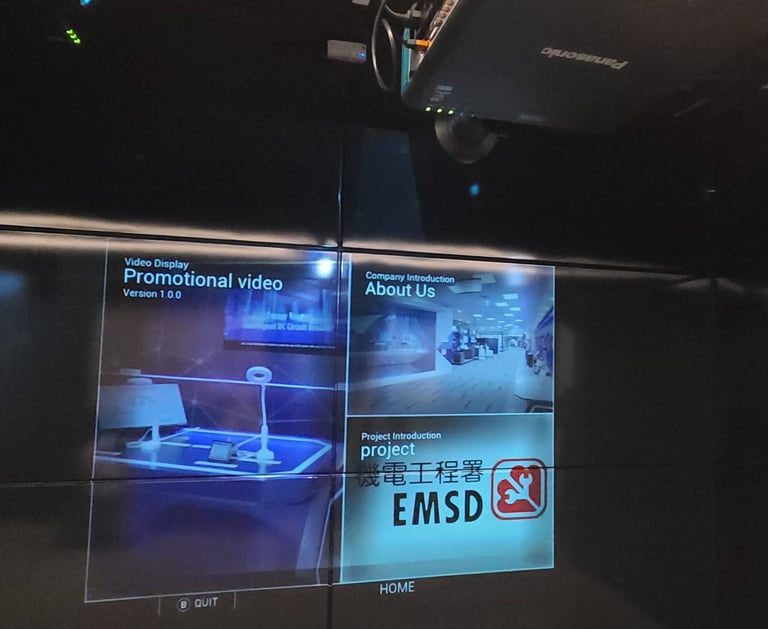

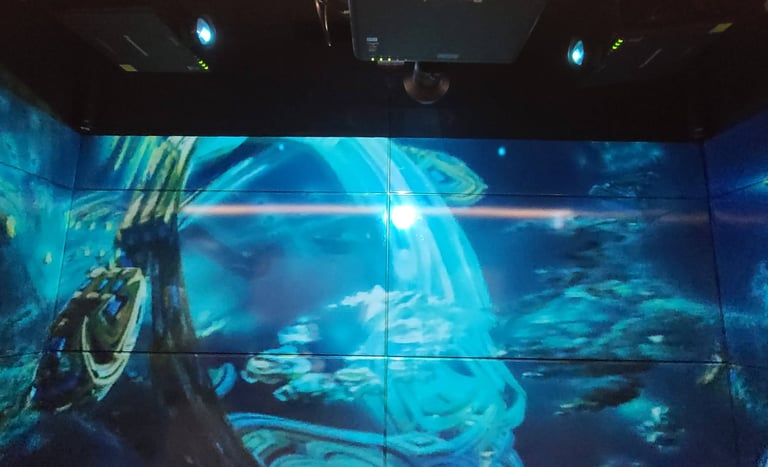

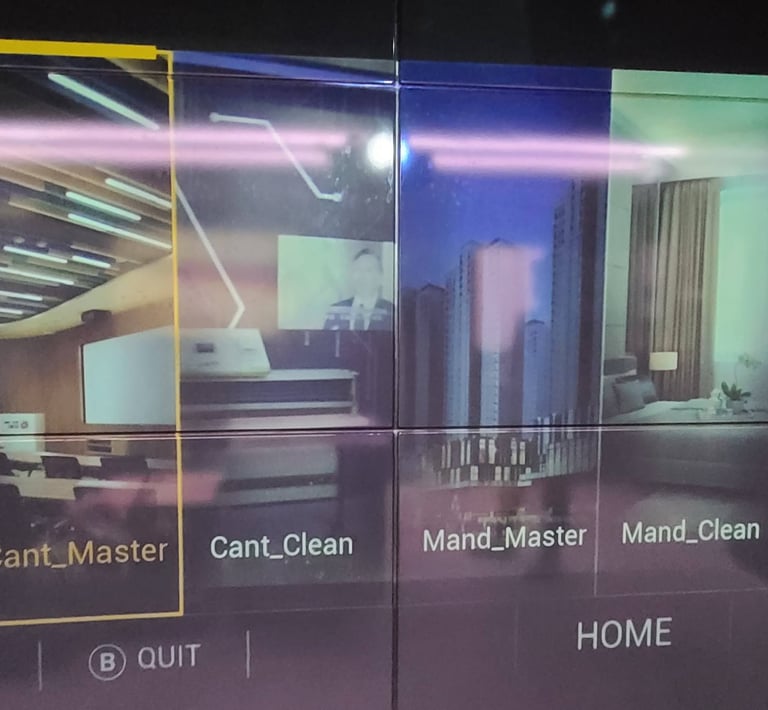

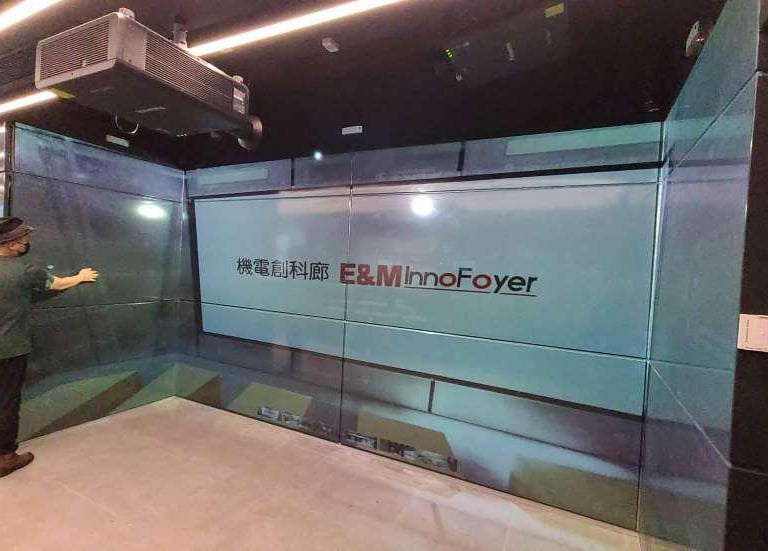

Explore
Discover immersive 3D projection technology and effects.
Innovate
Engage
© 2025. 3DD HK All rights reserved. powered by Prodesign.hk
